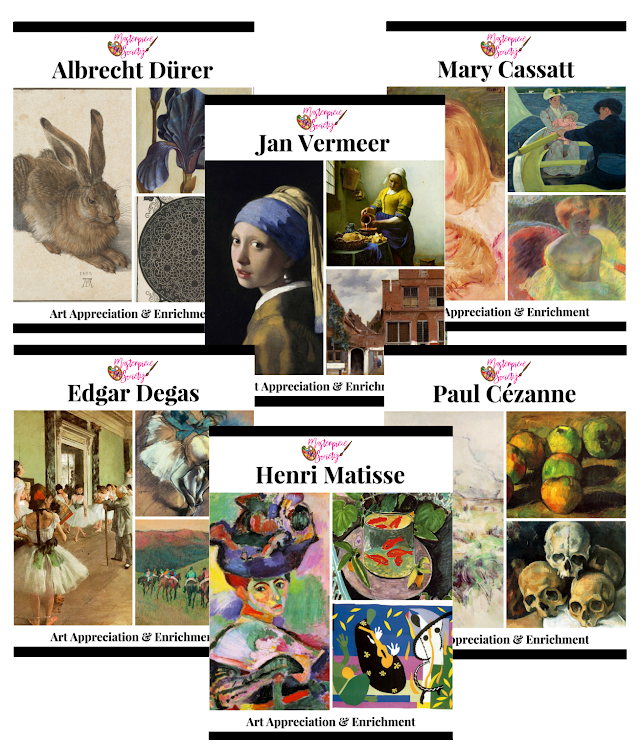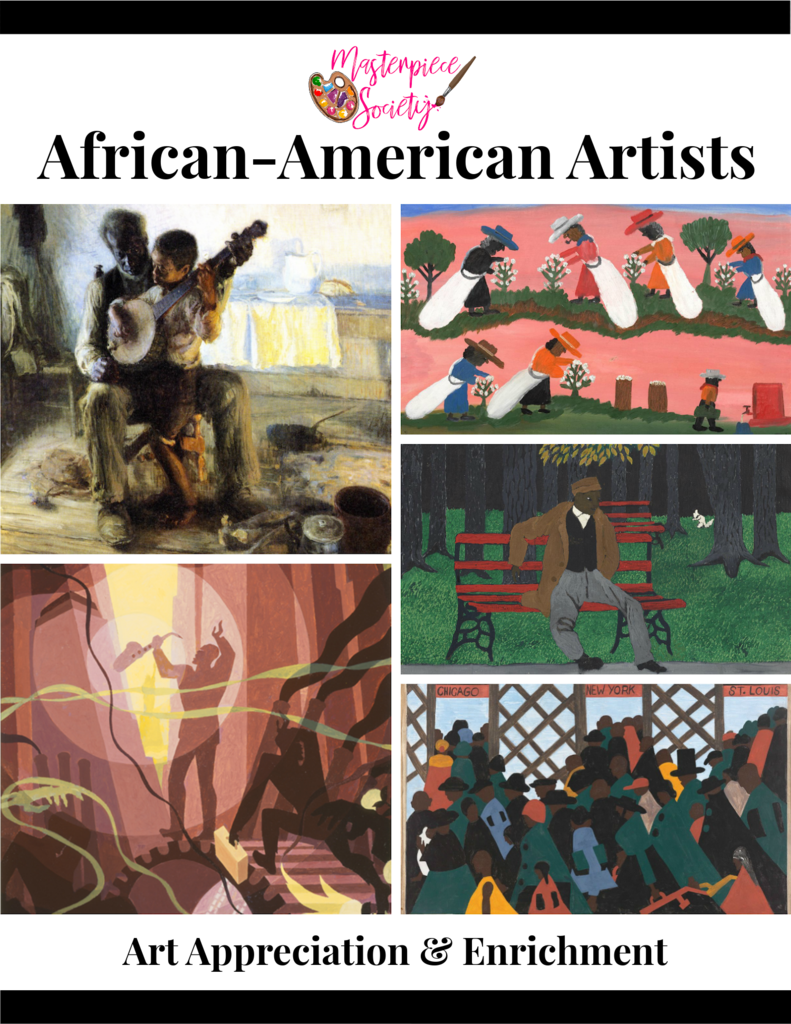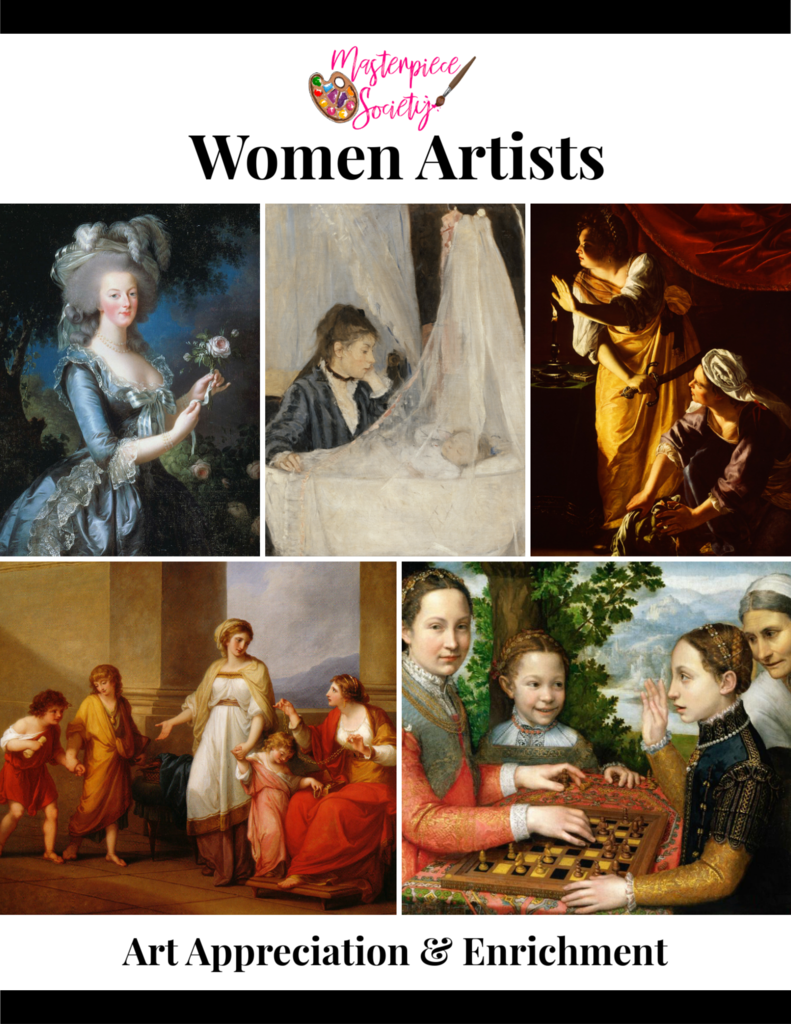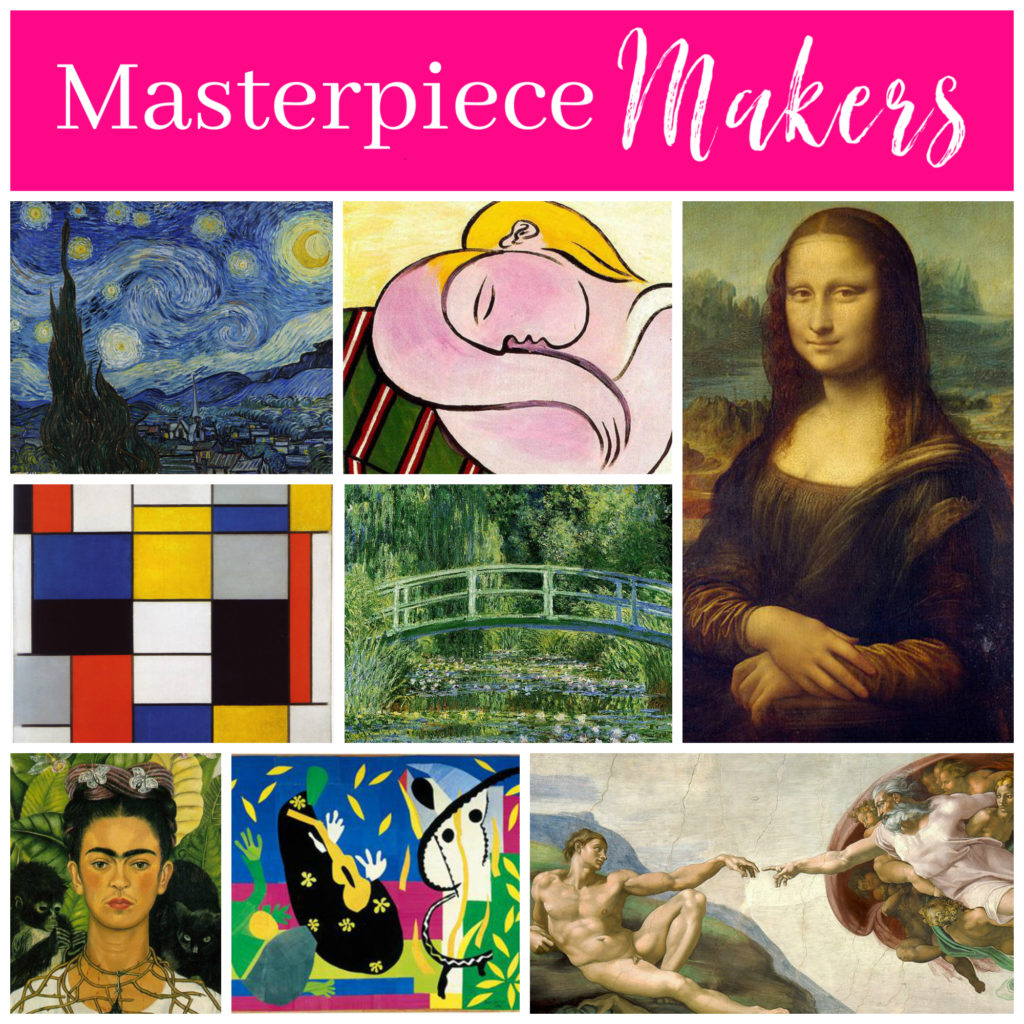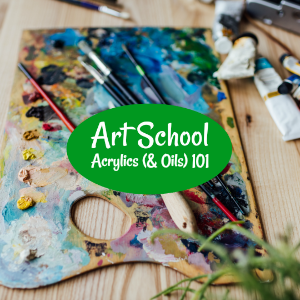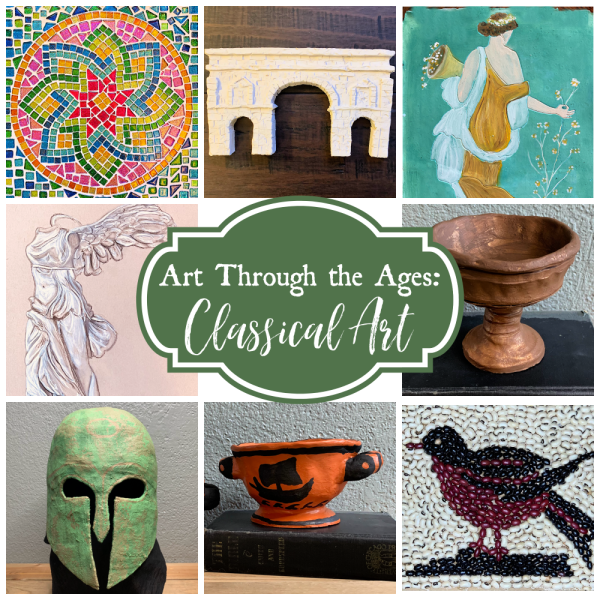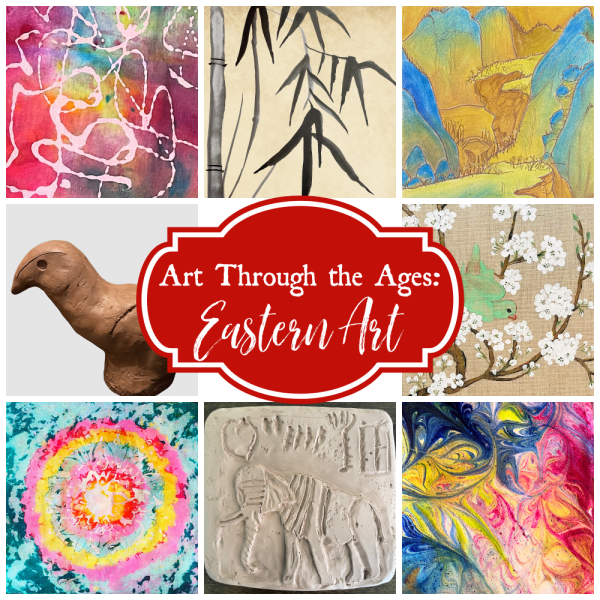
In Anne of Green Gables, Miss Stacy held what she called “field afternoons” in which they would do nature study. One Friday, some of the boys climbed “to the very tops of those big trees on Bell’s hill after crows’ nests…” to study.
Anne says, “Field afternoons are splendid, Marilla. And Miss Stacy explains everything so beautifully. We have to write compositions on our field afternoons and I write the best ones.”
But don’t worry — there will be no climbing of trees or composition writing for this nature study! 😉
Instead, we have provided you a set of nature study cards in our PDF packet (so be sure to download it), and I’m showing you how to use them with a nature journal. I use watercolors, but your kids and teens should feel free to use colored pencils if they prefer.
Be sure to check out all our Anne of Green Gables inspired activities here.
Sign up below to receive your bonus gifts!!!
This PDF packet contains our free gifts to you: tea time recipes, nature cards, poetry copywork, “The Lady of Shalott,” by Alfred, Lord Tennyson, in primary, elementary, cursive, and high school formats, poetry notebooking page, a picture study of The Lady of Shalott, by John William Waterhouse, picture study notebooking page, PLUS a bonus art lesson from the Masterpiece Society!


How to Use Nature Cards in Your Homeschool Nature Study
Here is an example of how you can use our nature cards in your homeschool:
Anne of Green Gables Nature Study
Cherry Blossom — Prunus serrulata
“I had made up my mind that if you didn’t come for me tonight I’d go down the track to that big wild cherry-tree at the bend, and climb up into it to stay all night. I wouldn’t be a bit afraid, and it would be lovely to sleep in a wild cherry-tree all white with bloom in the moonshine, don’t you think?”
Anne of Green Gables, Chapter II

- Cherry blossoms are symbolic spring, a time of rebirth and renewal
- The Japanese name for the cherry blossom is “sakura” which is derived from “saku” meaning to bloom, or to smile or laugh
- The flowers come in a variety of colors: white, light pink, dark pink, yellow, and green, some blossoms change color while in bloom
- Many cherry species bloom between March and April in the Northern Hemisphere
- Cherry blossoms are said have a vanilla-like smell
Wild Wood Rose — Rosa Woodsii
“Oh, look, there’s one little early wild rose out! Isn’t it lovely? Don’t you think it must be glad to be a rose? Wouldn’t it be nice if roses could talk? I’m sure they could tell us such lovely things. And isn’t pink the most bewitching color in the world? I love it, but I can’t wear it. Redheaded people can’t wear pink, not even in imagination.”
Anne of Green Gables, Chapter V
- The wild wood rose is a perennial bushy shrub that grows up to 10 feet tall and can form large, dense thickets
- The flower has only five petals and comes in multiple shades of pink
- It is native to North America, particularly Canada and throughout the western and central United States
- The fruit is a red rose hip which can be eaten, infused as a tea, used as medicine, or in cosmetics
- The wood rose blooms between May and July; the rose hips mature in August and September

Honey Bee — Apis mellifera
“Oh, look, here’s a big bee just tumbled out of an apple blossom. Just think what a lovely place to live–in an apple blossom! Fancy going to sleep in it when the wind was rocking it. If I wasn’t a human girl I think I’d like to be a bee and live among the flowers.”
“Yesterday you wanted to be a sea gull,” sniffed Marilla.
Anne of Green Gables, Chapter VIII

- Honey bees are social insects that live in colonies or hives, made up of one queen and thousands of workers and drones
- They are one of the most important pollinators of flowers and plants, as they transfer pollen between the flowers, which helps to fertilize for reproduction
- Honey bees collect nectar from flowers or honeydew (secreted from insects) to produce honey for their colony through a process of regurgitation (spitting out something swallowed)
- The honey bee symbolizes community, hard work, and generosity
Russet Apple — Malus domestica
“Well, I suppose I must finish up my lessons. I won’t allow myself to open that new book Jane lent me until I’m through. But it’s a terrible temptation, Matthew. Even when I turn my back on it I can see it there just as plain. Jane said she cried herself sick over it. I love a book that makes me cry. But I think I’ll carry that book into the sitting room and lock it in the jam closet and give you the key. And you must not give it to me, Matthew, until my lessons are done, not even if I implore you on my bended knees. It’s all very well to say resist temptation, but it’s ever so much easier to resist it if you can’t get the key. And then shall I run down the cellar and get some russets, Matthew? Wouldn’t you like some russets?”
“Well now, I dunno but what I would,” said Matthew, who never ate russets but knew Anne’s weakness for them.
Anne of Green Gables, Chapter XVIII
- Russet apples are named for their rough
skin, which is a yellowish-brown (rust)
color.
- “Russeting” occurs in apples and pears, and can be
affected by various factors, including weather,
disease, or damage by pests
- Russet apples have “nutty” smell and flavor
They ripen in early October
- Shakespeare referred to russet apples as
“leather-coats” in the play, Henry IV

Pin Me!










